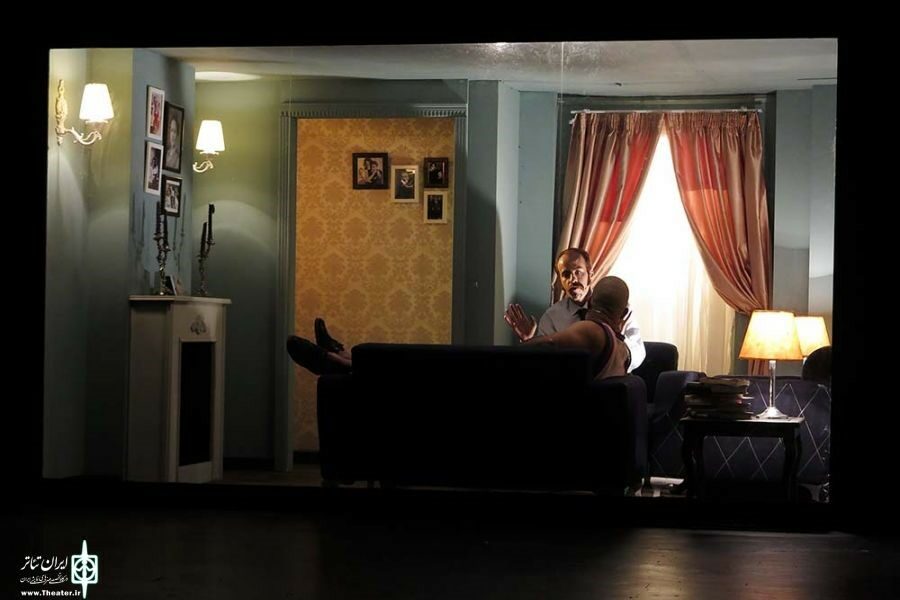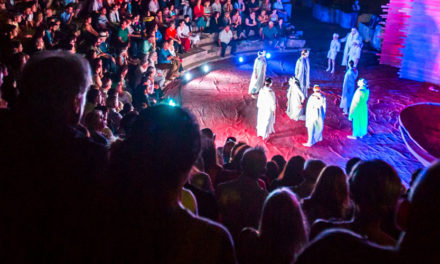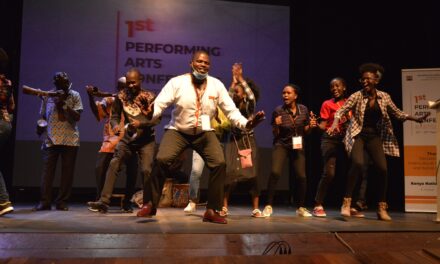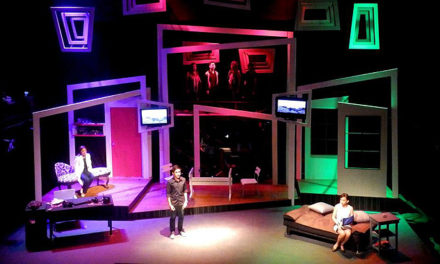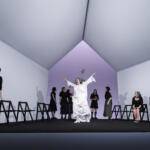Around fifteen years ago performing arts in Tehran were bound to perform in six major venues including Vahdat hall, Niāvarān complex, City Theatre Complex, Sangelaj theatre, Iranshahr theatre, and Khāvarān Culture House which were mostly built before the Islamic Revolution (1979), with basic standards of a theatre in terms of structure and facility, such as ventilation, auditorium, dressing room, light designing equipment, control room, light/sound mixing desk, and amplifiers.
After the 1979 Revolution the government took control of these theatres and began to strictly control the playscripts and performances; the control process is called momayyezi, which means all theaters’ features even costume of actors and actresses have to be checked through appointed persons by The Ministry of Culture and Islamic Guidence (a.k.a Ershad Ministry). The ministry is in charge of controlling all medias’ contents) prior to the public performance to gain assurance whether contents are aligned with Islamic rules and the Regime principles or not. Notwithstanding such barrier, the theatres hosted very high-quality plays directed by prominent theatrical figures such as Dr. Ali Rafiei, Hamid Samandariān, Davood Rashidi, and Hamid Amjad.
However, public theaters were a far-fetched dream for novices who had the ambition of a blockbuster show, since the theatres were always occupied by those plays directed or produced by well-known theatrical figures. As if, theatre managers craved for box-office success, so that they did not consider any place for youngsters to quench their thirst. Lack of performing arts venues and myriad of demands from theatre practitioners were the main culprits of the emergence of private theatres. The private theatres refer to the playhouses which are not managed by the government, although the Ministry of Culture and Islamic Guidance (Ershād) controls its activities.
On a positive note, the private theatres provide opportunities and more space to enable novices to show their ability and potential, and sometimes these venues have witnessed some groundbreaking plays such as a Mohammad Mosāvāt’s play; It Is Not A Pipe (2017), in Mostaqel playhouse.
However, mostly the private theatres do not offer desirable qualities in terms of structure and equipment, for instance, Arghanon theatre is an old house which was not supposed to be built for performing arts, hence they need so many modifications that most of the time are neglected because of its cost. Even the stage floors of such venues are not well structured and walls are not symmetrical, consequently, the audiences are not able to see appropriate perspectives on the stage. Poor air conditioning, lack of room for backstage, shortage of light versatility like floodlights and spotlights and inefficient management by those who are not specialists and curators of dramatic arts, all together influence the quality of the performances negatively.
The writer believes enough care could have been taken more on private theatre to surge positive influence on performing arts in Iran.
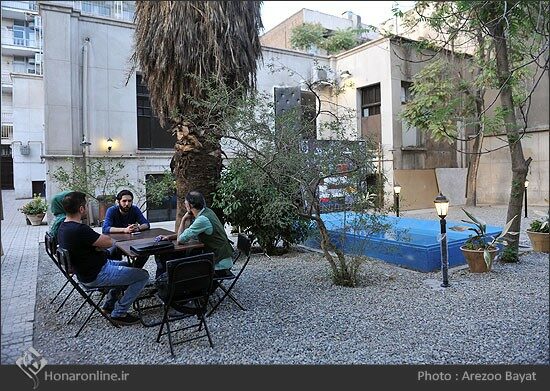
Arghanon play house, Tehran
This post was written by the author in their personal capacity.The opinions expressed in this article are the author’s own and do not reflect the view of The Theatre Times, their staff or collaborators.
This post was written by Emad Mohammadi.
The views expressed here belong to the author and do not necessarily reflect our views and opinions.

